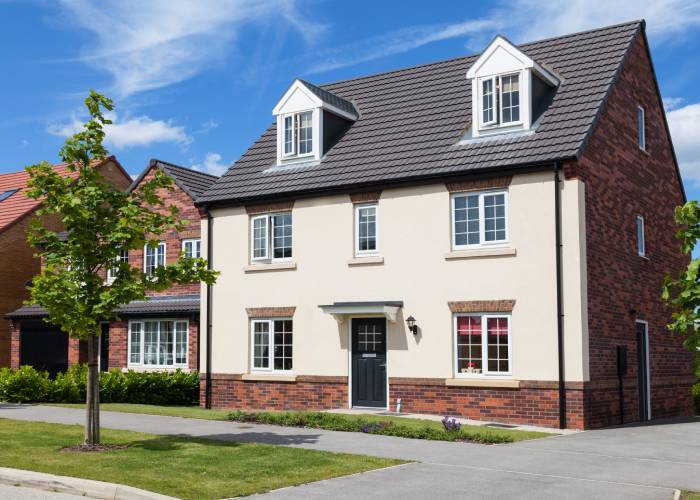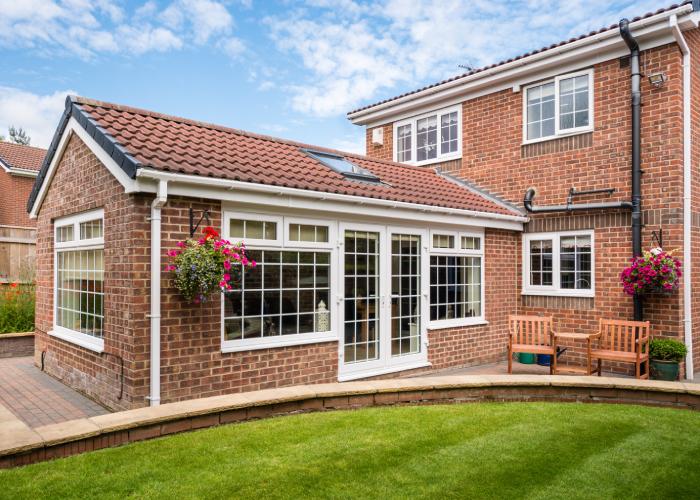Everyone in the trade knows the familiar questions customers ask before employing you to repair or upgrade their roof. It’s the same across the whole of the building trade. People want to know how much the job will cost, how long it will take, and what kind of quality guarantees you can give.

Increasingly, you may also have customers asking another question – can you make their home more eco-friendly with a new roof? Or perhaps, what are the most sustainable material options to complete the job?
Roofs are right on the frontline of the drive to make homes greener. Tighter rules on insulation form a major part of the new building regulations introduced in 2022. This is seen as an important stepping stone towards the Future Homes Standard 2025, which will require a step change in energy efficiency and a reduction in carbon emissions from new homes of 75% to 80%.
Insulation makes a big difference to the sustainability of any home. But it’s not the only way a roof can make a positive difference. Here are four great eco-friendly roofing options that can help make any home that much greener.
Modular green roof
The name says it all really. Of all the roofing materials available, green roof modules have to rate as the most environmentally friendly.
Green roofs are based around the idea of decking the top of a building out in a living, breathing garden. It sounds radical, but in fact people have been building homes with living turf roofs for thousands of years.
The modern version involves topping a roof in modular trays of turf. As well as providing excellent insulation, green roofs provide additional benefits such as contributing to the removal of carbon dioxide from the atmosphere and managing rain runoff. They also support ecosystems for plants, insects and microbes to thrive in, and in cities especially, contribute to a more natural, visually appealing built environment.

Recycled shingles
Traditionally, the bitumen-soaked fibres used in roofing shingles or felt have been notoriously difficult to dispose of in a safe and conscientious way. However, manufacturers have recently started to pioneer ways of recycling the material, for example by grinding old shingles into a fine powder and reintroducing them to the manufacturing process.
Popular with roofers because of its robust water resistance, the emergence of recycled bitumen shingles is a big step forward in eco-friendly roofing materials as it reduces reliance on new bitumen made from oil.
Natural shingles
While recycled bitumen felt is a recent arrival in the roofing trade, there have long been more eco-friendly alternatives available made from natural products. The most sustainable is cedar wood, which boasts a lifespan of up to 50 years due to the unique natural water resistance of the timber. Like all wood, cedar is 100% renewable when effective forest management ensures that every tree cut down is replaced.
Rubber also counts as a natural, renewable material and can be hardened to form an effective and hard-wearing material for roof shingles.
Reclaimed materials
Roofs are getting pulled down and replaced all the time. That means there’s an abundance of old roofing materials knocking around. Tiles, slates, bonnets, trims, even roofing timber – rather than buying new for every job, it’s always worth talking to a client about the possibility of shopping around for reclaimed.
Whereas once the tendency was to pull everything off an old roof and dump it straight into a skip, growing awareness of the need to protect limited resources has triggered a healthy trade in reclaimed roofing materials. Pre-used materials are always carefully sorted so you can be confident that you are not compromising on quality. Traditionally made tiles, for example, tend to be very well made and very robust. From a home owners’ perspective, the slightly ‘weathered’ look of old materials can also be appealing.
A quick word on the slate versus tiles debate and how that plays out around sustainability. It is sometimes claimed that slate is a more environmentally friendly option than tiles. If you’re looking purely at carbon footprint, that may be technically true – tiles have to go through a manufacturing process of being kilned at very high temperatures, which uses up considerable amounts of energy.
However, it’s important to remember that while slate is a ‘natural’ material, that doesn’t mean it’s renewable. On the contrary, slate is a finite resource, and one of its biggest drawbacks from an environmental point of view is the landscape damage done in quarrying for it. That said, there are huge quantities of pre-used roofing slate available, which very much is a sustainable option.




